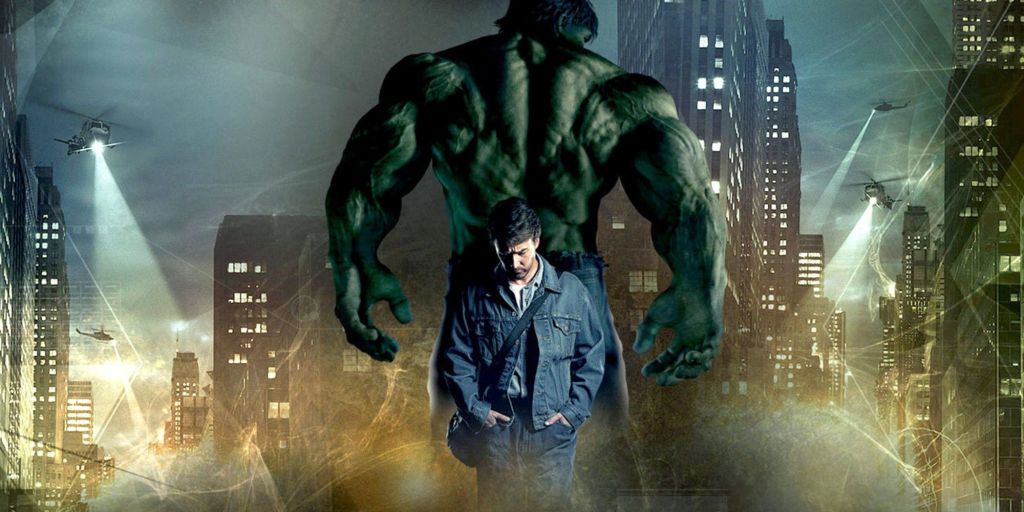
Is there a comic book cliffhanger that anyone has been waiting for longer than that of Neil Gaiman’s Miracleman?
It’s been nearly 30 years since the final issue of Eclipse Comics’ Miracleman came out, part two of “The Silver Age” storyline by Gaiman and Mark Buckingham. The comics company itself went out of business, Miracleman got stuck in a byzantine legal limbo for ages, and Marvel Comics eventually ended up with the publishing rights to the character but it still took years more to get around to completing the story.

Finally, today, I picked up the first issue of Miracleman: The Silver Age, which will be republishing the first two 1990s issues of Gaiman’s story with new art and finally, finally, carrying on the story with #3. It’s been a while.
Miracleman, back in the late 1980s, was one of those comics that blew my teenage mind, as written by Alan Moore and a series of often-astounding artists. To make a long, very complicated story short, Miracleman (originally known as Marvelman) was a sloppy Captain Marvel/Shazam rip-off in British comics in the 1950s whom Moore revived in the early ‘80s for one of his typically post-modern takes on superheroics in the pages of the British comics mag Warrior. It was later picked up for wider US distribution by Eclipse Comics, which went on to continue the story – albeit in stops and starts, a trend that has plagued Miracleman to this day.
To this day, it’s still one of my favourite superhero comics. It takes the idea of a man who can turn himself into a superhero by saying a magic word (Kimota!) and turns it sideways and delves into all the disturbing possibilities of such a transformation. Moore presented Miracleman’s world with a gritty realism, contrasted with the kiddie-comics of the old Marvelman/Captain Marvel era, and ultimately, it took a dark turn into dual identities, sadism and power that still seems groundbreaking. It also asked the horrifying question, what would happen if a 10-year-old boy had superpowers and was corrupted by them? (The answer being Johnny Bates, Kid Miracleman, one of comics’ most indelible villains.) It was a comic that could be breathtakingly brutal as well as dazzlingly beautiful in the same issue.

I first came to Miracleman a bit later in the run, when the astounding painterly art of John Totleben joined with Moore’s scripts and the story moved into its zenith, setting up a clash between Miracleman and Kid Miracleman that literally changed the world. Instead of a superhero battle leaving a mess to tidy up, this fight ended up with Miracleman asserting control over the globe, eliminating poverty, hunger and war, but also forever changing humanity.
I’m used to waiting for Miracleman. I still remember picking up Miracleman #14 at some comics shop in Oregon while on a road trip with my dad, decades ago, and its cliffhanger ending with Johnny Bates free and about to unleash his power on the world. The next issue didn’t come out for months and months, leaving me hanging. The issue after that, #16, Moore’s final issue as writer, didn’t come out for more than a year.
After Gaiman took over as writer, he and Buckingham delivered an excellent “Golden Age” arc looking deeper at Miracleman’s ‘perfect’ world, and then two parts of “The Silver Age,” meant to dig deeper into its conflicts as his sidekick, naive Young Miracleman, is resurrected 40 years after his death to a changed world. (A final part, “The Dark Age,” was teased to follow.) Miracleman #24, released in 1993 was the second part of the “Silver Age.” And then…. nothing. For decades.

In the many years since Miracleman first appeared, we’ve seen a zillion other reimaginings/dark reboots/postmodernistic takes on superheroes, most of them kinda dire. Even Moore himself went to that well a little too often in his career, but still, for me, years on Miracleman casts a daunting spell. Its peculiar combination of darkness and idealism still speaks to me.
Its legacy has been debased a bit – I utterly hate that Alan Moore is credited as “The Original Writer” on reprints due to creative/legal squabbles, even though it’s what he wants. I loathe the truly terrible idea of Miracleman being absorbed into the Marvel Universe proper which seems inevitable and has been teased for ages now. This story doesn’t need to be shared with that of Spider-Man and Wolverine, but then again, DC already crammed Superman into Watchmen, so nothing is unthinkable in corporate comix™.
Still, I want to know what happens next for Miracleman, at long last.
For 29 years now, I wondered what would happen next when Young Miracleman was revived into a utopian world he doesn’t understand, what would happen to Miracleman’s idyllic kingdom, and of course, of course, what might happen if the devil Johnny Bates returns. Barring getting hit by a truck or something on the way to the comics shop, it looks like it’s finally gonna happen soon. It may disappoint, it may amaze, it’s hard to know. But boy, I’m glad I get to see the end of the story.
I still believe in Miracles.

(*Speaking of miracles, I barely noticed that October marks exactly four years since I revived my regular blogging on this site, picking up a blogging ‘career’ that started way the hell back in 2004. Blogging again, uncool as it may be in the age of TikToks or whatever, has really sparked my creativity and I’m writing more for profit and for fun than I have in ages. So, thanks to you out there in the internet void who read this junk, it is appreciated!)


















